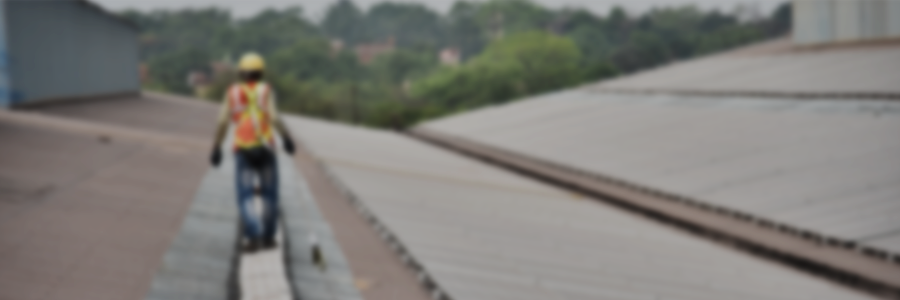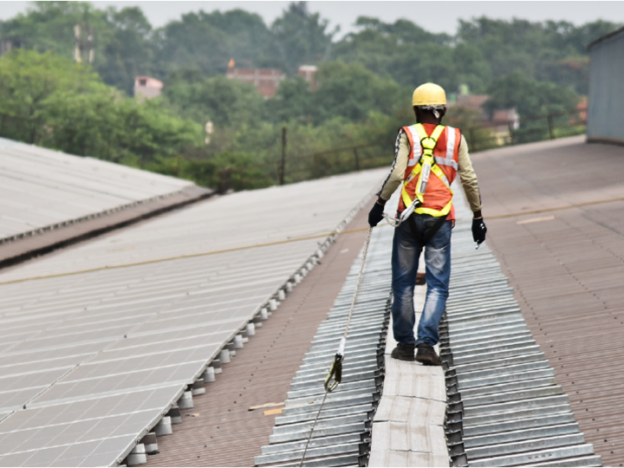Estimated Time: 4hrs e-learning & 12hrs practical training (16 hours).
Language: English.
Course delivery: e-learning & practical training.
Delegate: you can book up to 6 students.
Certification: Valid for 12 months.
Facilities for practical session: Germany/France/UK/Belgium/Poland.
Description
The aim of this course is to provide those attending with a comprehensive understanding of how to use personal fall protection equipment in a range of environments. Following training students will be able to: identify the dangers of work at height, have an understanding of key legislation, understand the various categories of personal fall protection equipment (PFPE), including its characteristics and limitations. They will be able to carry out a simple pre-use inspection of items and understand the need for record keeping, traceability and the correct disposal of equipment.
On successful completion of the course those attending will be provided with both the theoretical and practical skills required to safely use a range of fall arrest, work positioning and restraint equipment. This training provides the delegate with even more practical climbing and work at height technique practice than the HS1 course and also includes the practical use of rescue equipment in a variety of rescue scenarios.
Prerequisites
Medically fit with a head for heights and a reasonable level of fitness.
Who Should Attend
This course is aimed at those people who may be required to, access and work at height including at unprotected areas, use a combination of dedicated and in-situ anchors, traverse and climb at height moving between anchors remaining attached at all times, use equipment to partially support themselves (but not rope access) while at height, and undertake a basic rescue to recover a person form suspension at height.
Objectives and Content
- Health and safety legislation relevant to the country and standards of operation.
- The dangers of work at height.
- How to assess hazards and implement effective controls.
- How to fit PFPE, its characteristics and limitations.
- Restraint, positioning and fall arrest techniques.
- Anchor point selection and checking.
- Climbing vertical ladders (fixed FA systems and twin lanyards.
- Use of Self Retracting Lifelines.
- Use of temporary, vertical and horizontal fall protection systems.
- How to recognise and deal with syncope (suspension trauma).
- Emergency procedures and planning.
- The characteristics and limitations of rescue equipment.
- Rescue of a suspended casualty from an inreach and out of reach situation.




